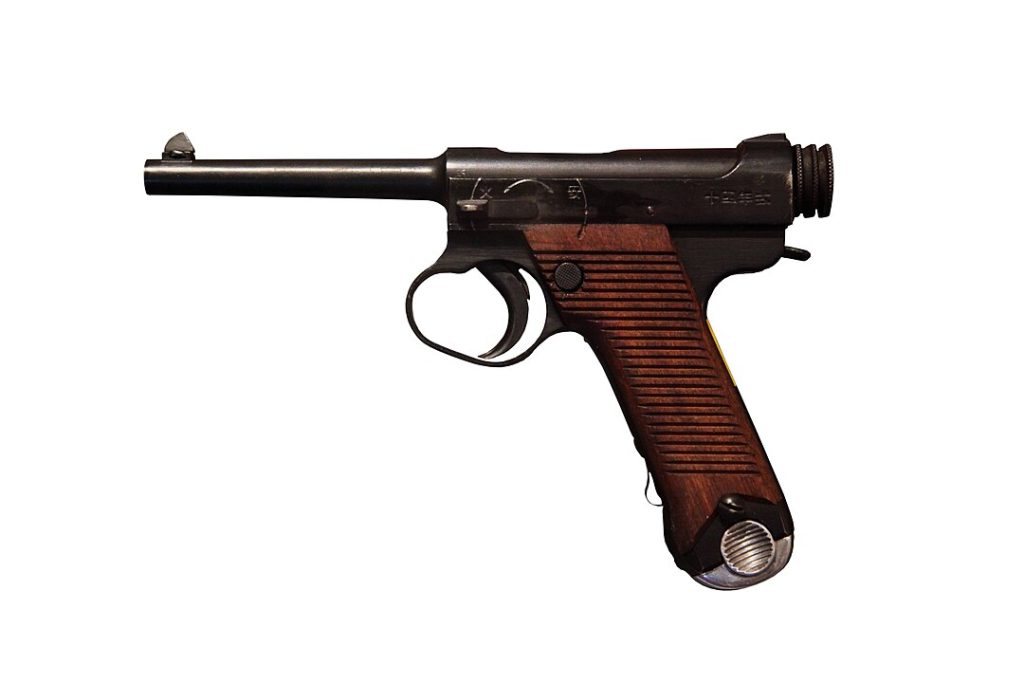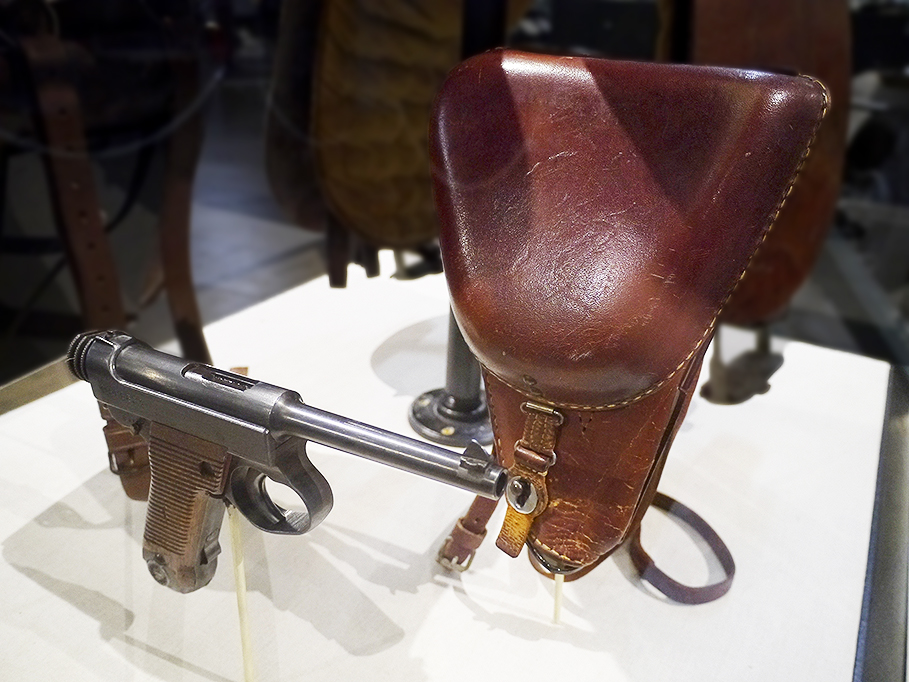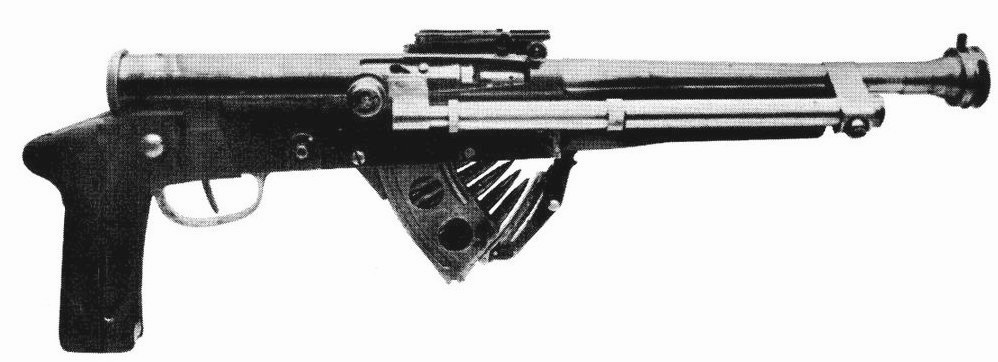
The annals of military history are filled with the exploits of legendary weapons that have shaped the outcomes of battles and the fates of empires. Yet, for every weapon that has earned a place of honor in the arsenals of the world’s militaries, there are those whose legacy is marred by failure and disappointment. This exploration dives into the tales of some of the most notorious firearms failures, where design flaws and operational shortcomings led to their infamy among soldiers and firearms enthusiasts.

The most notorious firearms in history include models such as the Chauchat, Nambu and Colt 2000. These weapons faced a variety of issues that rendered them less than reliable in the heat of battle. The Chauchat, for instance, was used en masse by France during World War I. While it was one of the earlier light machine guns, its half-moon magazine was ill-suited for the muddy trenches of the war, leading to frequent jams and malfunctions.

The Japanese government’s push for a cheap and quickly produced pistol led to the creation of the Nambu in 1935. A flaw that stood out was the exposed trigger bar on the frame’s left side, which could result in unintentional discharge — a design choice that may leave one questioning the safety priorities of its creators.

The Colt 2000, a late 20th-century attempt to enter the “Wonder Nines” market, experienced a litany of problems from failure to extract issues to poor accuracy, leading to its discontinuation merely three years after its introduction in 1991.

Looking further into the list of flawed firearms, the Reising M50 submachine gun stands out. It was initially designed for law enforcement but was quickly adopted by the U.S. Marines during World War II. Unfortunately, the weapon was prone to malfunction, especially in the harsh jungle environments of the Pacific theater. Its complexity and fragility rendered it unsuitable for the rigors of combat, leading to its eventual rejection by the Marines and relegation back to police forces.

Additionally, weapons like the Villar Perosa submachine gun, intended as an aircraft weapon, also failed to find a concrete role due to its impractical design and was eventually modified into a more conventional form by the Italian forces.
related images you might be interested.










